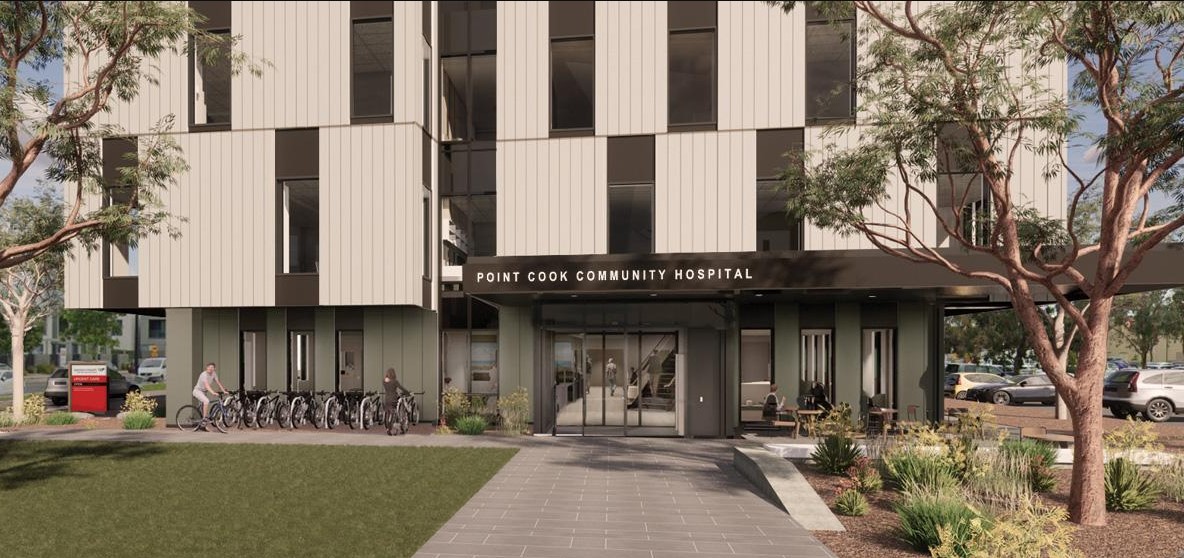31
Jul 2025
NSW Elective Surgery Waitlists Surge as Patient Delays Soar
Published in General on July 31, 2025

New data released by the Bureau of Health Information (BHI) paints a worrying picture of escalating wait times for elective surgeries across New South Wales. Between January and March 2025, over 100,600 patients were waiting for planned procedures—an increase of 7.3% from the same period in 2024. Worryingly, more than 8,500 of those patients waited longer than clinically recommended, a sharp 151.3% increase from the prior year.
The State of Play: Rising Waitlists and Growing Delays
Despite performing nearly 53,000 elective surgeries during the quarter—a 3.6% increase—hospital capacity isn’t keeping pace with demand. The BHI’s Healthcare Quarterly Report shows the state’s waitlist has nearly reached its pandemic-era peak of just over 101,000 patients.
Surgical urgency categories highlight stark inequalities in waiting times:
- Category 2 (semi‑urgent) patients—expected to be operated within 90 days—waited an average of 65 days, nine days longer than a year earlier.
- Category 3 (non‑urgent) individuals—who should be seen within a year—now wait an average of 322 days—over a month longer than in 2024.
Category 1—requiring surgery within 30 days—generally met targets, though isolated cases of missed deadlines have drawn scrutiny.
Regional Disparities and Hospital Strain
Delays are unevenly distributed. South Eastern Sydney, Western Sydney, Hunter New England, and rural districts reported the sharpest spikes in overdue surgeries—some recording more than 1,300 delayed cases in recent quarters. Only Nepean Blue Mountains LHD reported a minor reduction.
The Western NSW Local Health District has been accused of downgrading some urgent colorectal and cancer surgery cases from Category 1 to Category 4—meaning no date was scheduled—amid rising resource constraints. Hospital managers rejected the claim, but medical insiders say it has become common practice to avoid breaching waitlist targets.
Behind the Crisis: Key Drivers and Workforce Challenges
Healthcare experts and unions point to multiple factors fuelling the crisis:
- Inadequate staffing and burnout: Industrial action by NSW doctors and nurses has disrupted elective surgery capacity. Public sector doctors have even staged strikes citing unsafe workloads, with some calls warning up to 4,000 overdue surgeries due to staffing shortfalls.
- Chronic under-resourcing: Funding models based on rapid patient turnover clash with the needs of complex or long-stay surgical care. Hospitals like Westmead Children’s Hospital remain unable to staff even newly built operating theatres due to anaesthetist shortages.
- Patient reclassification: Reports suggest some institutions have downgraded the urgency of critical cases to manage KPIs rather than secure resources. Senior clinicians say this masks the true scale of delays.
Government Responses: Funding and Reform
NSW Health Minister Ryan Park has promised action and pledged $23 million in 2025–26 to fast-track overdue surgeries. This follows an earlier $186 million capital boost for hospital capacity announced in late 2024. He also established a Surgical Care Taskforce to streamline service delivery.
Though these investments may reduce backlog over time, experts warn they may fall short unless systemic workforce and operational issues are addressed.
Real People, Real Consequences
Behind every statistic is a person facing prolonged pain, reduced mobility, or delayed diagnosis. Joint replacement patients, often suffering debilitating discomfort, may endure wait times up to three years, leading to significant physical and psychological deterioration.
In regional areas, delays in cancer surgery or orthopedic procedures can have serious health consequences. Experts warn that even small delays in treatment may increase cancer mortality or fracture risks.
Looking Forward: Solutions and Rebuilding Trust
Policymakers and clinical leaders suggest a multi-pronged approach:
- Continue investment in new operating capacity, weekend theatre rostering, and integration with private providers to reduce backlogs.
- Improve recruitment and retention of medical professionals, including fairer compensation and workload reform.
- Rethink funding frameworks to prioritise complex, low-turnover surgical cases, better reflecting true community needs.
Clearly, the current strategy of meeting KPI benchmarks without addressing underlying capacity gaps is unsustainable—and damaging trust in the public health system.
Hospital Stay Accommodation: A Crucial but Overlooked Factor
Amid the broader conversation on elective surgery delays, one often-overlooked element is the role of short-term accommodation for patients and their families, especially for those travelling from regional or remote areas. When hospital stays are extended or delayed, access to furnished apartments near medical facilities becomes essential for continuity of care, recovery support, and patient well-being. Providers like Corporate Keys offer fully self-contained apartments near major hospitals, helping bridge the gap between clinical care and patient needs—particularly during waiting periods or post-operative recovery. This kind of housing flexibility can ease stress on hospital systems and provide a more humane solution for those caught in prolonged medical limbo.
Final Perspective
NSW’s latest elective surgery data reveals a health system under pressure—balancing increased patient numbers against staff shortfalls, infrastructure limits, and surgical complexity. With over 100,000 Australians waiting for care, the backlog is not only a statistic—it’s a crisis affecting lives.
If NSW is to improve wait times sustainably, it must move beyond short-term funding injections toward long-term workforce stability, equitable resourcing, and transparency in surgical categorisation.
The challenge is clear: ensure that urgent procedures like heart surgery or cancer treatment are prioritised—and deliver the secure, patient-centred future residents deserve.









